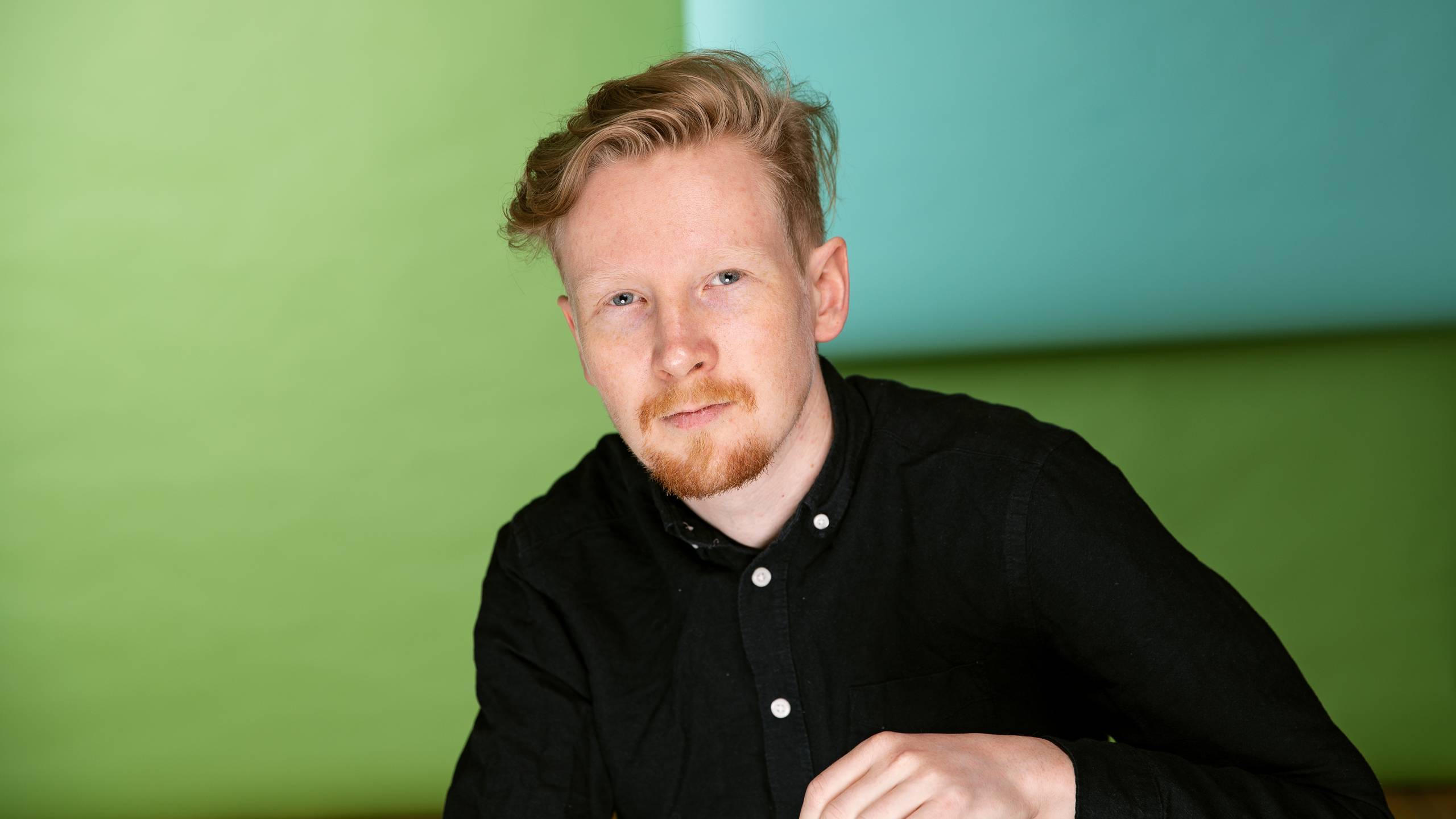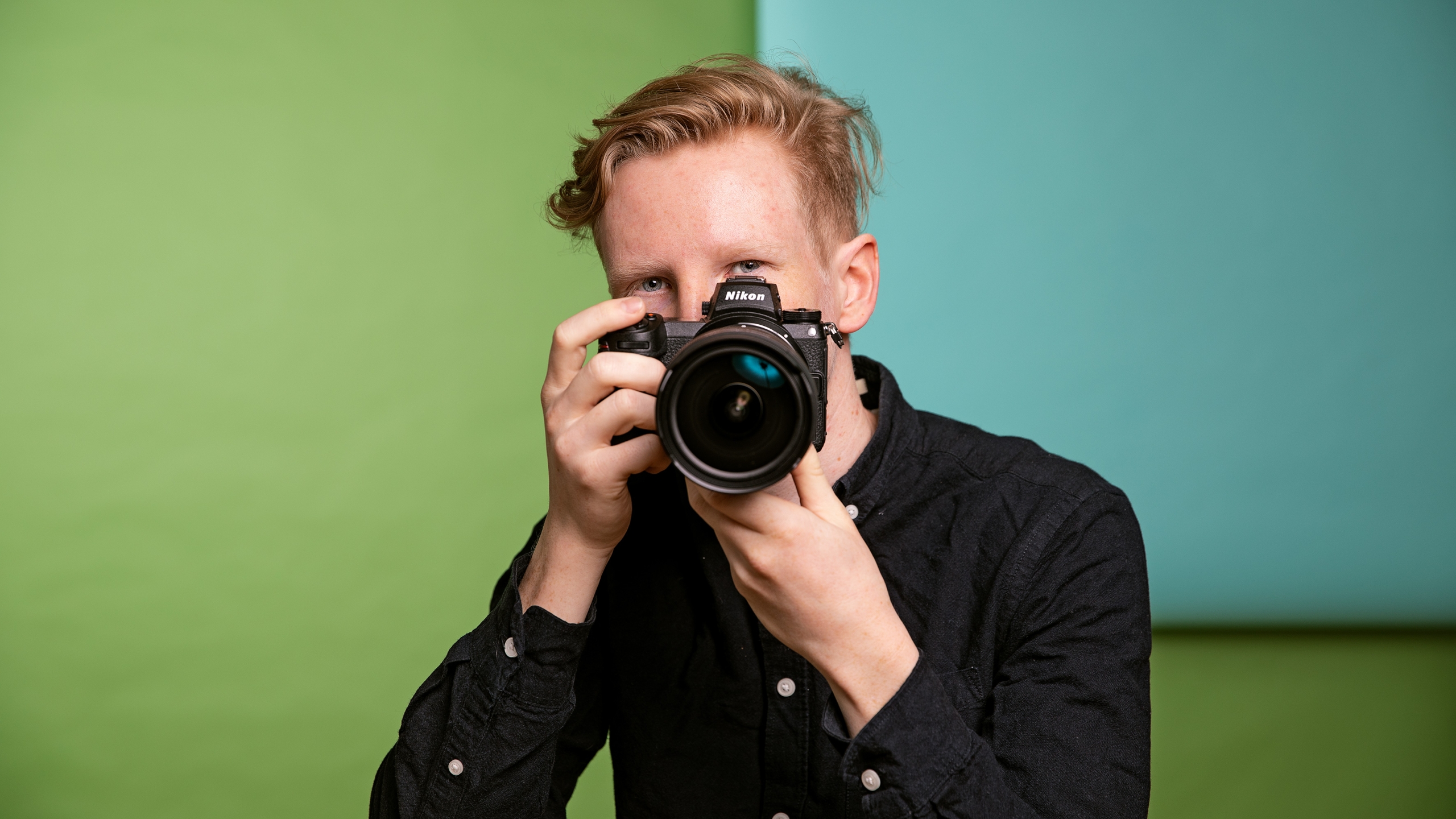
Over the past year, Konsta Punkka has had time to stay put for a moment. During the coronavirus pandemic, this world-travelled nature photographer has mainly photographed in Finland and other Nordic countries. Being less busy, he has had time to focus on his long-term project – photographing animals in an urban setting.
The concrete jungle is teeming with animals, but photographing them in their habitat under the street lights is not an easy task. Punkka is intrigued by the process.
‘In the city, I first try to spot animals at night. They can usually be followed at close range by bike or on foot because, being somewhat accustomed to people, they do not necessarily run away immediately. If you manage to follow the same animal for several days, you can map its habitat or find its nest. After that, photographing the animal becomes easier.’
When you spend a week with the same animal, you can create a story for it through photographs. Punkka first imagines the photographs he then tries to take.
‘When it works out, the feeling is absolutely fantastic.’
In the future, the plan is to photograph animals in the world’s largest metropolises.
‘A couple of years ago, I managed to photograph raccoons in New York. After that, I thought it would be cool to try the same concept elsewhere.’
Passion led to photography
Many have seen Konsta Punkka’s photographs of foxes, squirrels and spectacular landscapes, among other subjects, particularly on social media. On Instagram, Punkka is one of the best-known Finns: he has over 1.3 million followers. The impressive size of his audience is the result of dedication to something he has been passionate about doing.
‘I’ve always felt a great passion for photography. From the very beginning, I got hooked on the feeling created by taking a successful photo.’
He got swept away by photography, and soon the hobby started to turn into a dream of becoming a professional photographer. Punkka recalls hearing doubts about whether nature photography can be a profession. He realised it himself as well that making a living in the creative industry can be challenging, but the risk was worth taking. Now Punkka says that he is living the dream.
‘In terms of money, I just wanted to make enough to make do. For me, the most important things have always been happiness and being able to experience things.’

Nature is close
If the exceptional situation in the world has led Punkka to the nature near him, it has done the same for other Finns. Walking trails, duckboards, national parks, islands and outcrops became familiar to many last year. Even familiar elements in cities aroused new interest. The snowy winter took the Finns skiing, to forests and other places in the nearby environment.
‘It’s been great to see how people’s relationship with nature has changed,’ says Punkka, who has enjoyed nature all his life.
‘When people haven’t had access to the world, they’ve started noticing things like “wow, there’s a neat-looking outcrop in my backyard and I’ve never been there.” And then they gain a wonderful experience.’
‘The hardest part is going out into nature, but when you get there, you love it.’
Also considering his younger colleagues and nature photographers starting their careers, Punkka sees getting acquainted with your nearby nature as an opportunity.
‘Young photographers in particular are sad over the fact that they cannot afford to travel far from home, to Africa or Lapland. With my own work, I would like to point out to them, too, that there are also nature and animals close by.’
Social media gives opportunities to authors
Despite his large audience, Punkka himself does not feel that he is a social media influencer. First and foremost, social media is a channel for him to present his works, and thus receive job offers.
‘For me as a photographer and artist, Instagram is a place where I can present my portfolio to people. There, I post the results of the work I love. When the audience is big, the pictures also spread very widely.’
The self-taught photographer who has become a professional through social media has also faced criticism. Punkka has not attended art schools or participated in nature photography competitions. Instead, he has gained an audience and an established position by publishing his works online.
‘The world is changing. Changes always evoke critical opinions, which is also a good thing, of course.’
Punkka finds it great that the lowering of the publication threshold brought on by the internet and social media has cracked the conservative framework set for artists. It has become increasingly possible to become a professional through means other than the conventional routes.
‘Nowadays, the works themselves matter more than who the artist knows. This creates a more level playing field for everyone.’
However, on social media, you must be careful with copyright, for example. ‘You have to keep up with how and where your pictures are used. It is important that the use of the pictures and works is properly remunerated.’
Text: Leo Taanila
Photos: Riitta Supperi
